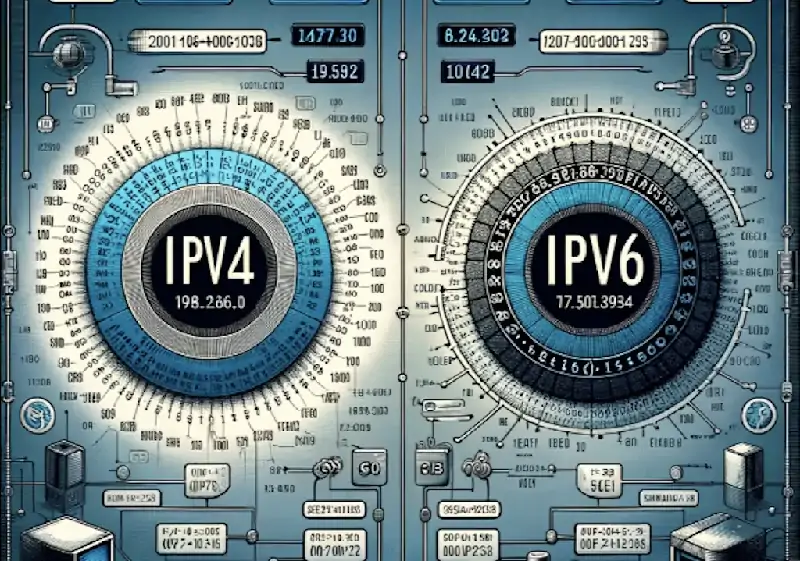- Computer network infrastructure refers to the hardware and software that enables network connectivity and communication between users, devices, applications, the Internet, etc.
- Computer network infrastructure typically includes hardware, such as physical network switches and routers, for controlling traffic to and from the data centre, and network software resources, such as virtualised switches, routers, firewalls, and load balancers, for managing traffic in and out of applications or servers.
- The computer network infrastructure provides the functionality needed to move data between IT resources that rely on the network for communication. In addition, computer network infrastructure can be sdesigned to help optimise the performance and security of devices and applications.
Why is computer network infrastructure important?
Seamless application connectivity, consistent security controls, high availability, and end-to-end network visibility and policy control are critical to any business application.
Almost all workloads depend on network connectivity. Users typically access applications remotely, rather than running them on a local computer. Enterprises manage devices through the network, which can be used to track device availability, install updates, and so on. Sharing files over a network is also common, and microservice applications rely on internal networks to transfer data between microservices.
Each of these use cases requires a reliable network infrastructure. The network infrastructure provides the functionality needed to move data between IT resources that rely on the network for communication. In addition, network infrastructure can be designed to help optimise the performance and security of devices and applications. For example, a user can create a network infrastructure that enforces segmentation between workloads to reduce the risk of security issues in one workload spreading to others.
Also read: Can Africa’s internet infrastructure cope with the future?
How is the computer network infrastructure changing?
Many organisations are moving or have already moved to a primary wireless computer network infrastructure. This trend began even before the global health crisis, as businesses with a growing number of users found it easier to extend network access with wireless-enabled devices rather than install new cable connections.
The global health crisis has triggered another revolution in computer network infrastructure: the rise of the hybrid workplace. The combination of office and remote workers constitutes a mixed workforce. Staff may be on-site or off-site all or part of the time. Wireless network infrastructure is essential to support a hybrid work environment, so employees can reliably and securely access the network from any device, anytime, anywhere.
The dramatic increase in the use and development of applications for collaboration and communication also calls for wider adoption of wireless computer network infrastructure. Wireless access to the Internet, along with key applications and resources, helps all employees in any workplace – hybrid or traditional – stay productive.
Also read: Everything you need to know about Resource Public Key Infrastructure (RPKI)
How does the computer network infrastructure management solution work?
Computer network infrastructure solutions are designed to solve specific problems in the network. For example, a firewall solution may be suitable for different environments, such as on-premises, virtual machine, and cloud-based firewalls, to meet the security needs of a specific IT network.
As enterprise IT networks become more complex, manual approaches to network infrastructure management are often ineffective. To simplify monitoring and troubleshooting, network administrators can choose to implement network management solutions to more easily control the computer network infrastructure.
Computer network infrastructure management solutions are designed to use standard network protocols such as Simple Network Management Protocol (SNMP) and Internet Control Message Protocol (ICMP) to help maintain, monitor, and discover network elements, configure network-based services, and deploy new hardware and software components. Some solutions may also include custom protocols specifically designed to simplify management and gather finer details about a particular vendor’s network components.
Some computer network infrastructure management solutions also use agent-based management installed on network servers and devices that report important metrics and status to provide more in-depth metrics than agentless monitoring. However, some devices in the network may not support agent-based monitoring. Other computer network infrastructure solutions are designed to provide both agent-based and agentless monitoring to take advantage of both approaches.









